Top AI Image Generator from Image Tools in 2024
In 2024, AI image generators have become more sophisticated, allowing users to create unique images tailored to their specific needs. Explore how these tools can enhance your projects, from digital art to social media graphics.
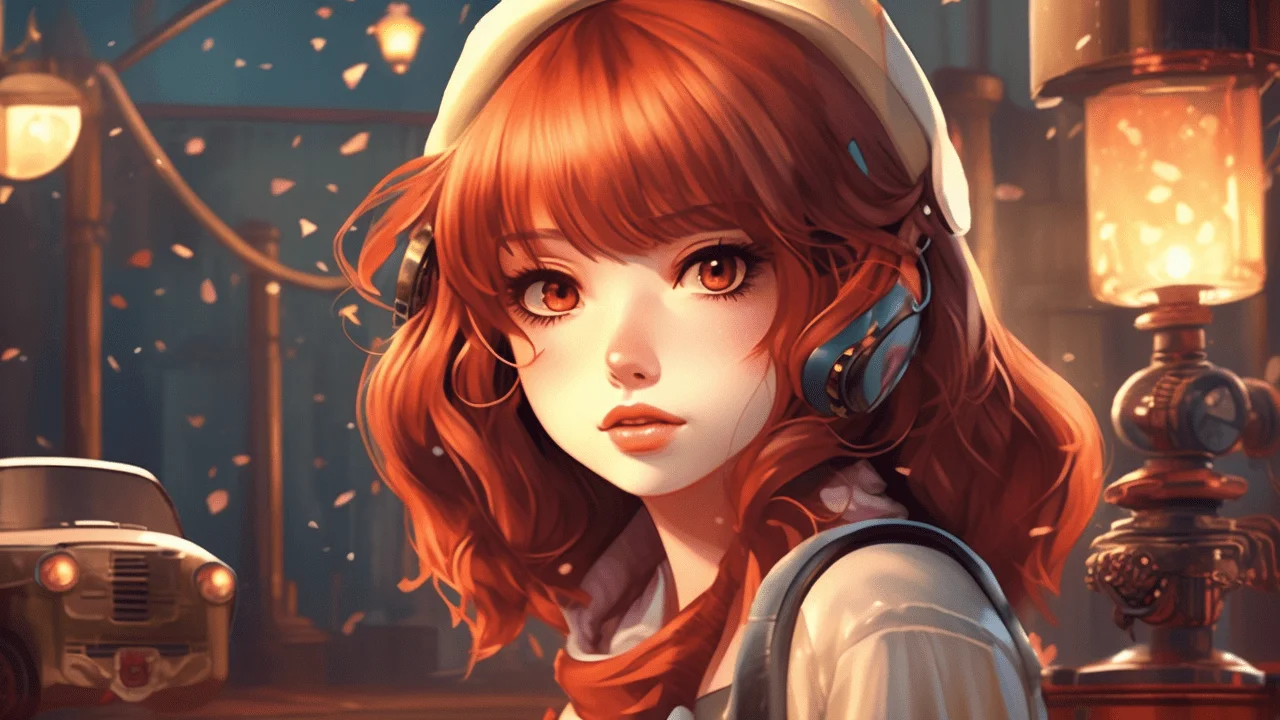
Want to transform your photos using the latest AI technology? An AI image generator from image can enhance or entirely recreate visuals based on your existing photos. In this article, you’ll discover the top AI image generators from images for 2024, learn how they work, and explore their key features.
Contents
How Do AI Image Generators Work?
AI image generators are powerful tools that create images based on user-provided text prompts. These tools use complex algorithms and advanced artificial intelligence to interpret the given text and generate ai images corresponding to AI-generated image visuals.
The magic behind these tools lies in two main processes: neural networks and diffusion processes.

Neural Networks and Training
Neural networks are at the heart of AI image generation. These networks are trained on vast datasets of image-text pairs, learning to interpret prompts and predict suitable images. AI models scan millions of images and associated text to identify patterns and trends, allowing them to generate visuals that closely match the given prompts.
As a result, AI image generators can transform simple text descriptions into detailed and accurate visuals.
Diffusion Processes
The diffusion process plays a crucial role in refining the images generated by AI. The process starts with a random field of noise and progressively refines it in steps to align with the text prompt. Essentially, the AI model reduces the noise incrementally, revealing structured images that fit the given description. This approach enhances the final image’s quality and coherence, resulting in more realistic and visually appealing visuals.
Diffusion models excel at generating high-quality images by starting with a blank noise canvas and meticulously refining it, ensuring each step brings the image closer to the desired outcome. This method allows for a high degree of precision and detail, resulting in images nearly indistinguishable from real photographs.
Top AI Image Generators from Image
As AI image generators continue to evolve, several tools have emerged as leaders in the field. These tools are widely recognized for their ability to create images based on text prompts, making them invaluable for artistic creation and visual content production. The increased visibility and accessibility of these tools in recent years have made them popular among professionals and hobbyists alike.
Evaluation factors for AI image generators include image quality, prompt matching, creativity, and response speed. Cost, speed, and accessibility are also critical factors influencing the choice of an image generator.
Here are some of the top AI image generators you need to try in 2024:
DALL-E 3
As of 2024, DALL-E 3 by OpenAI is regarded as the top AI image generator. It is known for its impressive capabilities and results. This tool integrates seamlessly with platforms like Microsoft Designer’s Image Creator, allowing users to generate images based on Google Form responses. DALL-E 3 offers a conversational flow for user queries and editing options via ChatGPT, providing detailed images that closely adhere to user prompts. Users can generate two images per day for free, with additional generations available through a subscription that starts at $0.016 per image.
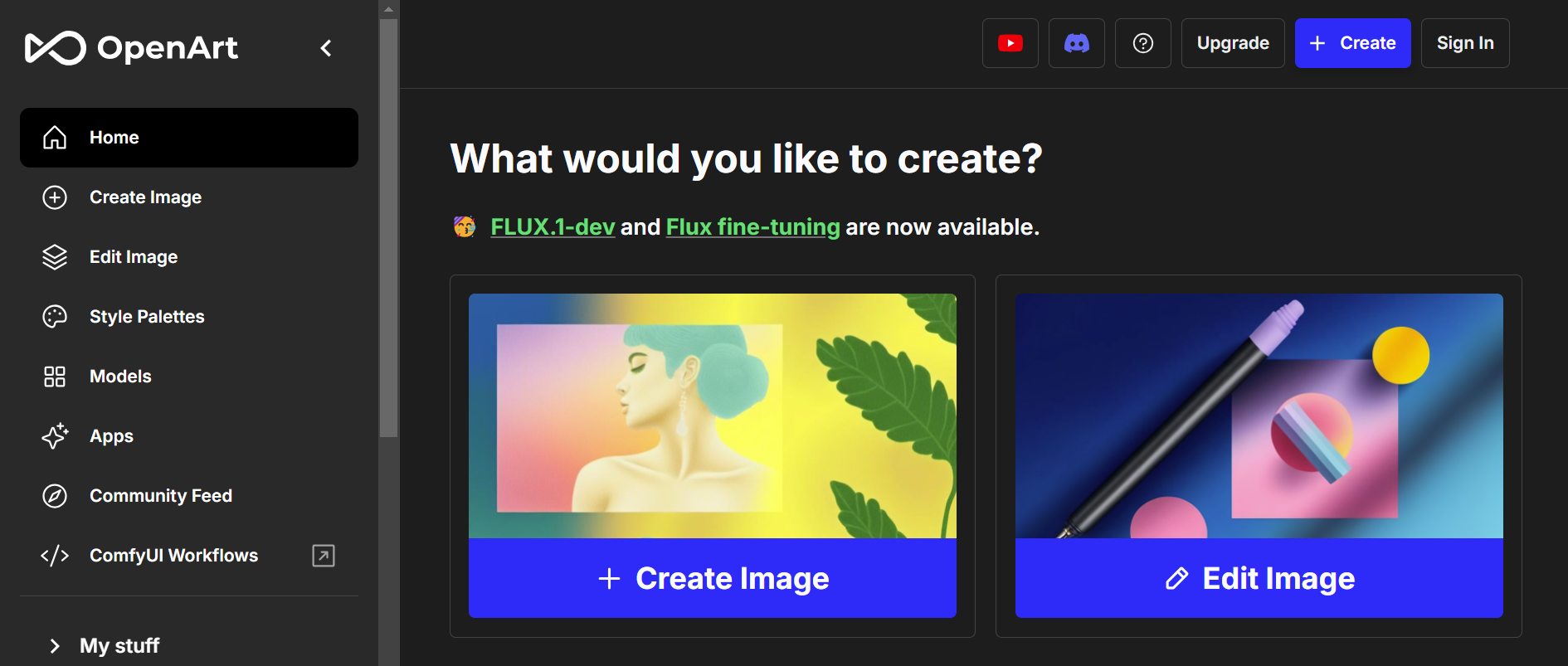
Editing and refining images through ChatGPT makes DALL-E 3 user-friendly and versatile. This tool offers significant flexibility and control, whether for professional design projects or personal creative endeavors.
Aitubo
Aitubo stands out with unique features such as expressive chips, enhancing its functionality for generating images. This tool produces slightly higher-quality images than ChatGPT and allows for unlimited daily access, making it a valuable resource for continuous creative work. You can explore more about Aitubo and its capabilities at their official website.
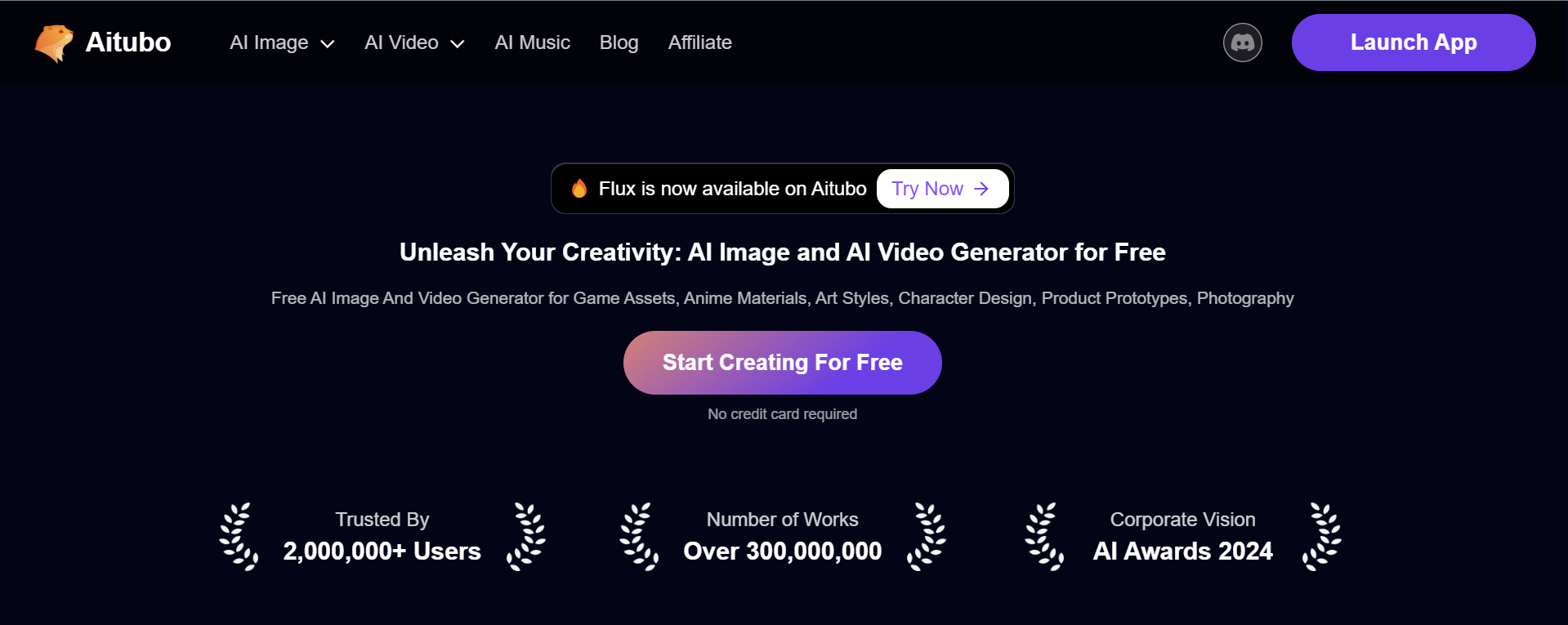
Aitubo offers unlimited access without compromising image quality, making it attractive for users who need to generate large volumes of images regularly. This tool is particularly useful for creative professionals and businesses that require consistent, high-quality visual content.
Adobe Firefly
Adobe Firefly is a generative AI tool designed for creating images from both text prompts and reference photos, making it suitable for both non-professionals and designers. Key features of Adobe Firefly include Generative Fill, Structure Reference, and Style Reference, which allow for the integration of AI-generated images into existing photos. These features enable users to stretch their creative ideas and produce quick, innovative results using the Show Similar button and various artistic style options.
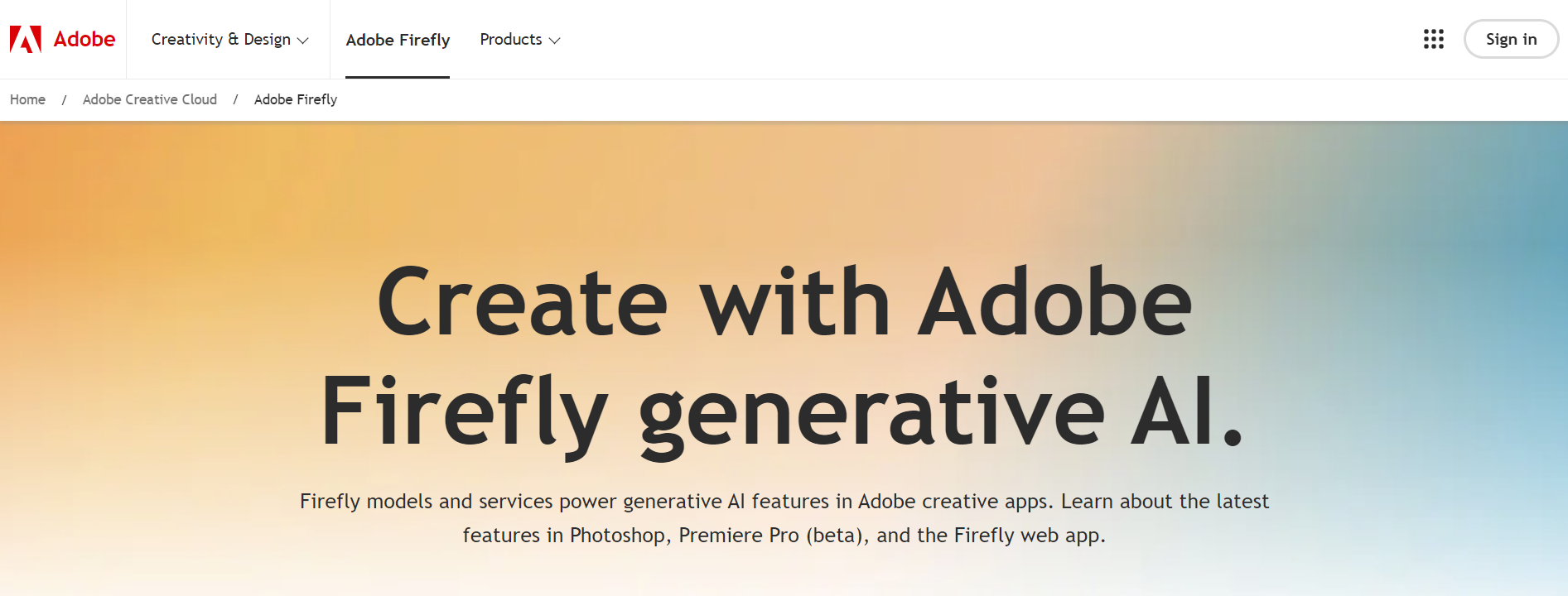
However, Adobe Firefly does have some limitations. The results can be inconsistent when generating images purely from text prompts, and its training on Adobe’s Stock catalog may limit some content generation.
Adobe Firefly remains a powerful tool despite these limitations for those incorporating AI-generated visuals into their work.
Midjourney
Midjourney is renowned for generating high-quality images that often appear more coherent and visually appealing compared to other generators. Midjourney’s images exhibit enhanced coherence and visual appeal, setting them apart from those of other AI image generators.
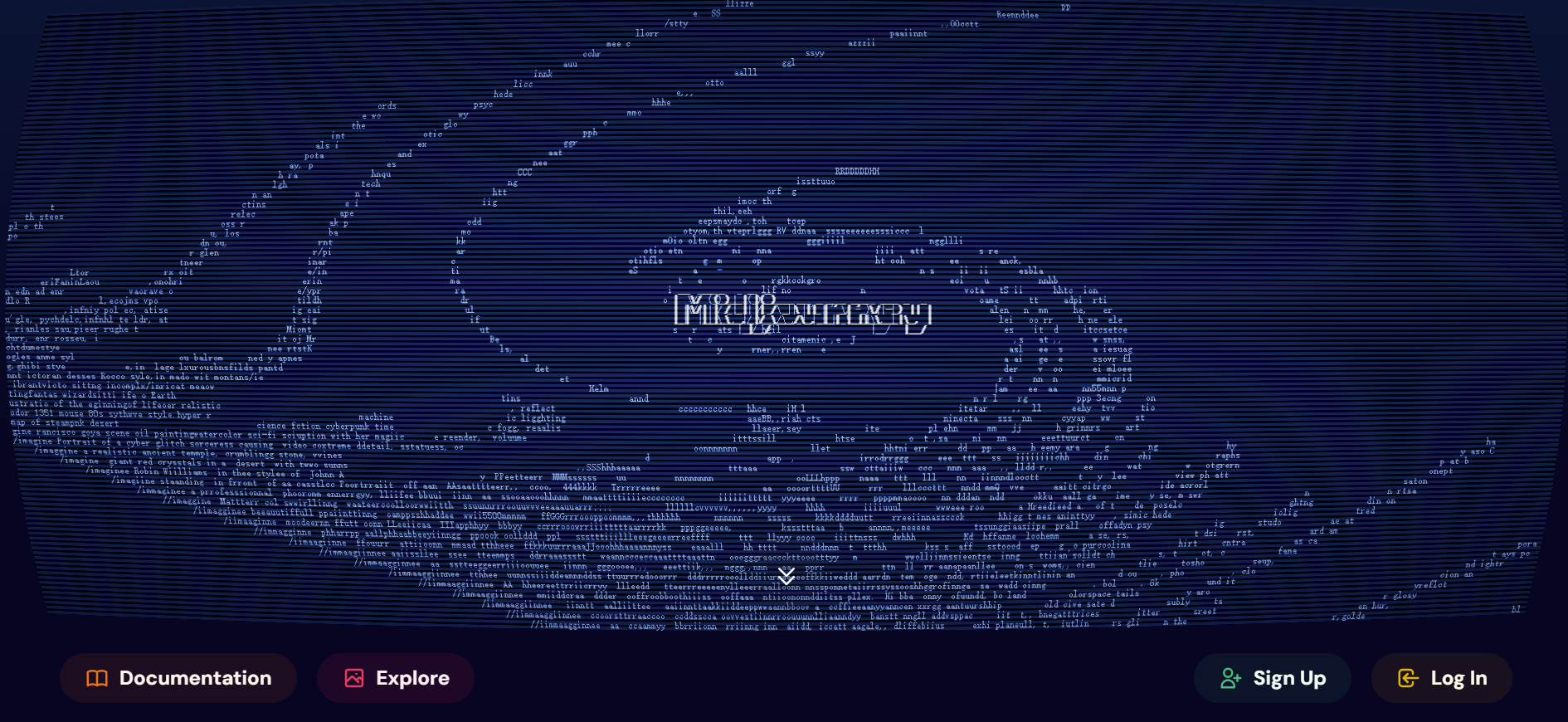
This makes Midjourney an excellent choice for projects that require high-resolution, professional-looking visuals.
Stable Diffusion
Stable Diffusion is an open-source model known for its flexibility and accessibility across multiple platforms. Users can access Stable Diffusion through platforms like NightCafe, Tensor.Art, Civitai, and others. To use Stable Diffusion via DreamStudio, users need to create a stability.ai account or sign in with Google/Discord.

Local customization is possible with this model, catering to specific needs and preferences.
Features to Look for in an AI Image Generator
Key features to consider when selecting an AI image generator include the quality of generated images, customization options, and integration capabilities. These include the quality of the generated images, customization options, and integration capabilities with other software and workflows.
Image Quality
High-quality outputs are essential for generating realistic and detailed images. Accuracy in matching prompts and rendering details determines the quality of generated images. Users can improve the output by crafting prompts that are specific and detailed, leading to more relevant image generation.
Specificity ensures the final images exceed user expectations in realism and detail.
Customization Options
Customization features enable users to tailor aspects such as lighting, color, and visual parameters to their preferences. Future AI tools are expected to offer more customization options, enabling finer adjustments and greater control over image attributes.
Combining descriptive, conceptual, and stylistic elements in prompts can significantly improve the quality of the generated image style.
Integration Capabilities
Integrating with other platforms can streamline workflows and boost productivity. Tools that integrate with popular design and editing software enhance productivity by allowing users to incorporate AI-generated images directly into their projects.
API access is also a crucial consideration for better integration into existing workflows.
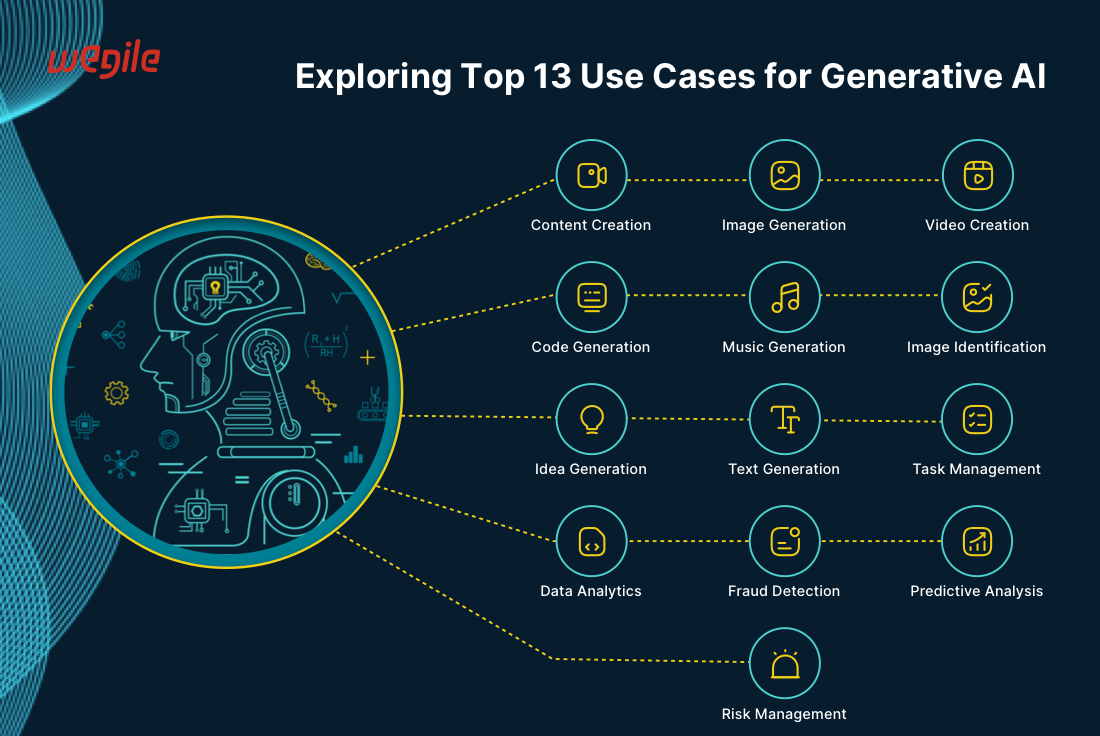
Cases for AI Image Generation
AI image generators offer a plethora of practical applications that can significantly enhance various aspects of visual content creation, including the generation of AI images. From reducing costs to speeding up project timelines, these tools are revolutionizing how we create and use images.
Enhancing Product Photography
AI image generators can transform product photography, enhancing the visual appeal crucial for e-commerce success. Adobe Firefly’s Text to Image feature allows users to generate compelling images for promotional materials, aiding in product marketing.
Businesses can leverage AI tools to efficiently create and improve product images, increasing engagement and conversion rates. High-quality visuals generated through AI are essential for attracting customers and driving sales in e-commerce.
Artistic Creation
Artists utilize AI tools to explore new styles and reinterpret existing artworks, expanding their creative horizons. AI-generated visuals can create targeted marketing content that resonates with specific audience segments, enhancing brand identity.
These tools provide artists with the ability to experiment with various art styles, generating high-quality, photorealistic images effortlessly.
Marketing and Advertising
AI image generators can create high-quality, eye-catching visuals that attract customer attention. Using AI-generated images in marketing can significantly improve brand visibility, making products stand out. Customized visuals can be created to target specific demographics and enhance engagement in marketing campaigns.
Using AI for image generation reduces costs associated with hiring professionals for image creation.
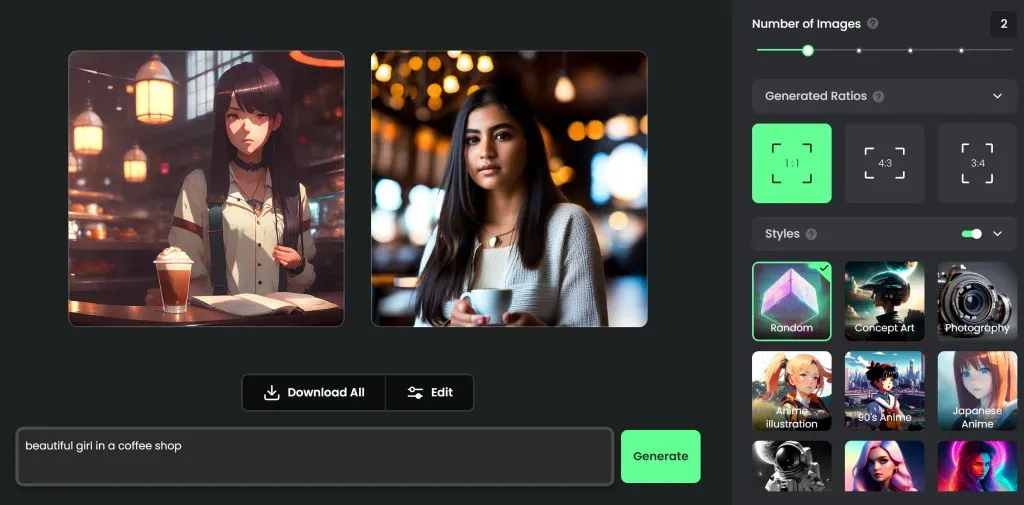
How to Use an AI Image Generator with Steps?
With the right guidance, navigating the world of AI image generators can be straightforward. Here, we’ll walk you through the process of selecting your tool, preparing your image, and generating and refining the final output.
Select Your Tool
Choosing the appropriate AI image generator ensures it meets your specific requirements and enhances your creative projects. For instance, Aitubo allows users to input existing images as templates to guide the AI in creating new visuals.
When it comes to selecting your tool, consider factors like customization options and integration capabilities. Using existing images provides inspiration and facilitates the generation of new, tailored visuals.
Upload and Prepare Your Image
Start by opening Aitubo. Then, sign into your account. A specific text prompt describing the desired image is required to generate an image in Aitubo.
Crafting a detailed and specific prompt that clearly conveys your vision is crucial in preparing your image. This step is essential for achieving high-quality, relevant results.
Generate and Refine Your Image
After preparing your image, AI image generators typically create visuals within seconds, with the longest taking about a minute. These tools can produce visuals in various styles including 3D, 2D, cinematic, modern, and Renaissance. Users can improve a poorly generated image by readjusting the prompt to include more specific elements.
In Aitubo, users can refine their generated images by adjusting settings for variations and adding more details to the prompt. Before generating new images, users should save any preferred images for future reference. Generated images can be downloaded from Aitubo in JPEG format, ensuring easy access to high-quality visuals for various projects.
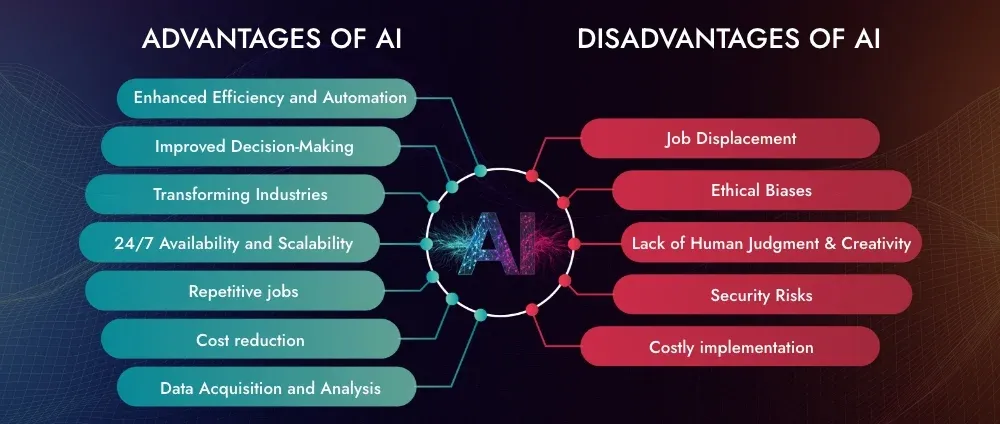
Advantages and Limitations
AI image generators come with a range of advantages and limitations that users should consider. They utilize machine learning algorithms to identify and learn data patterns, mimicking human neural networks and enabling quick and accessible image generation.
Advantages
AI image generators significantly reduce the time it takes for users to create images compared to traditional methods. For instance, DALL-E 3 allows for two generations per day for a free AI image generator, saving time for occasional users, while a subscription offers unlimited access.
Adobe Firefly enhances creativity by providing images that are safe for commercial use, allowing users to freely use the generated content. User-friendly interfaces make these tools accessible even to those with little technical knowledge.
Limitations
Despite their advantages, AI-generated images can vary significantly in quality, potentially affecting the professionalism of the output. AI systems may struggle with contextual nuances, leading to misleading image generation. AI-generated images may lack the emotional and authentic qualities that human-created visuals typically convey. Over-reliance on AI tools could hinder creative development and critical thinking among professionals.
Ethical concerns also arise, including privacy and the reliability of AI-generated images. Integrating AI tools into traditional workflows can be challenging for some users.
The problem with AI Image Generation
Potential misuse or manipulation of AI-generated visuals presents ethical challenges. Legal uncertainties surrounding intellectual property rights and liabilities remain concerns with AI-generated imagery.
Generative AI is increasingly utilized in creative sectors, but its legal ramifications, especially regarding copyright and ownership, remain ambiguous. Inherent biases in AI algorithms may lead to unintended consequences in the generated visuals.
Copyright Issues
AI-generated images can present unique copyright challenges due to their reliance on existing works. The copyright status of AI-generated images depends largely on the terms set by the generator used. Relying solely on AI-generated images for a business strategy can be risky because of potential copyright issues.
Disclosing the AI origin of generated images, such as labeling with ‘Generated by [generator name]’, is essential. AI image generation reduces the risk of copyright issues by creating unique visuals.
Bias and Fairness
AI tools can unintentionally reinforce societal biases due to reliance on existing data sets. AI-generated content can reproduce existing biases, highlighting the need for comprehensive review processes to ensure fairness.
Reviewing content and refining prompts is recommended to avoid bias in AI-generated images.
Conclusion
In conclusion, AI image generators are powerful tools that have transformed the landscape of visual content creation. From understanding how these tools work with neural networks and diffusion processes to exploring the top AI image generators available in 2024, we have seen the immense potential and versatility they offer.
Whether enhancing product photography, creating artistic masterpieces, or driving marketing campaigns, AI image generators provide unprecedented creative freedom and efficiency. As technology continues to evolve, we can expect even greater realism, enhanced user control, and wider accessibility, making these tools indispensable in various industries. Embrace the future of image creation with AI and unlock new possibilities for your projects.
Frequently Asked Questions
Q1: What are AI image generators?
AI image generators are advanced tools that create images by interpreting text prompts or modifying existing images. They leverage sophisticated AI models to produce visually appealing content.
Q2: How do AI image generators work?
AI image generators employ neural networks and diffusion processes to transform text prompts into well-defined images, effectively refining random noise into coherent visuals.
Q3: What are the top AI image generators in 2024?
The leading AI image generators in 2024 are DALL-E 3, Adobe Firefly, Midjourney, Stable Diffusion, and Aitubo. These tools represent the forefront of innovative technology in image generation.
Q4: What should I look for in an AI image generator?
When selecting an AI image generator, prioritize image quality, customization options, and integration capabilities to ensure it meets your specific needs. This will enhance your overall experience and effectiveness.
Q5: Are there ethical concerns with using AI-generated images?
Yes, there are significant ethical concerns with AI-generated images, particularly regarding copyright issues, potential biases, and questions surrounding authenticity. These factors must be carefully considered in the use of such technologies.
